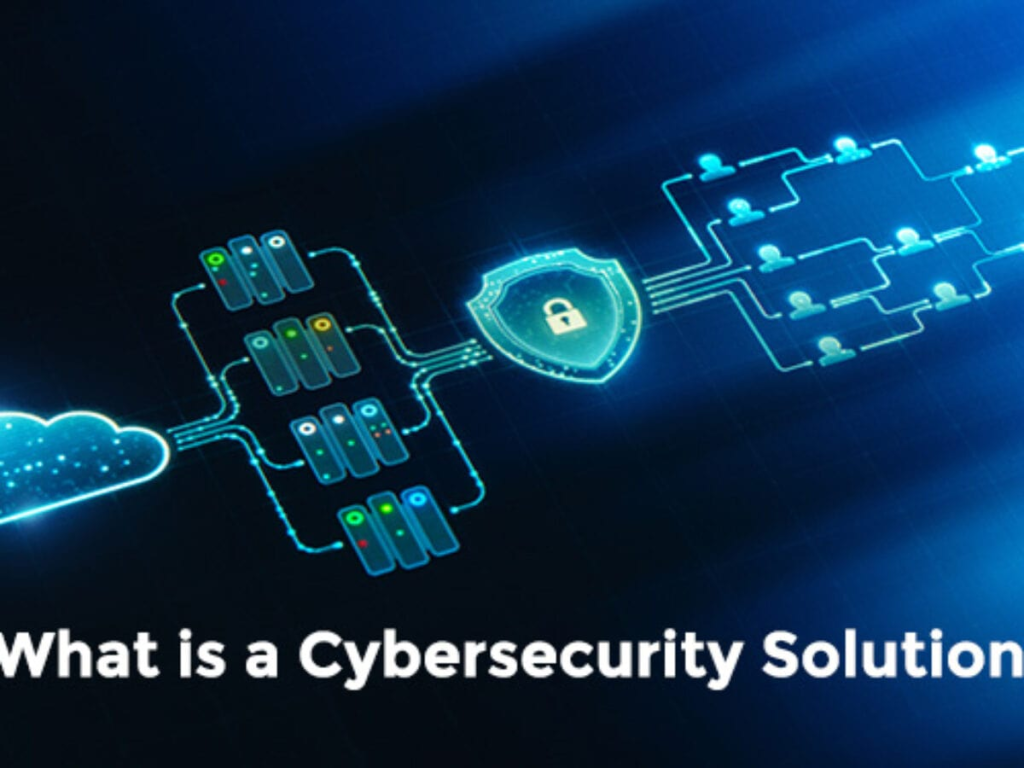Cybersecurity solutions encompass a variety of systems, functions, and techniques developed to safeguard electronic systems, communities, and data from internet threats. These alternatives play a critical position in safeguarding companies against different forms of episodes, including malware, ransomware, phishing, and insider threats. Among the essential components of cybersecurity options is antivirus application, which finds and eliminates harmful software from computers and networks. Antivirus alternatives frequently evolve to help keep speed with new threats, employing advanced recognition practices such as for instance conduct examination and device learning to recognize and mitigate emerging threats.
Along with antivirus computer software, firewalls are important cybersecurity answers that check and control inward and outgoing system traffic, acting as a barrier between trusted internal communities and untrusted external networks. Firewalls can reduce unauthorized use of sensitive and painful knowledge and block destructive traffic from entering the network. Next-generation firewalls integrate sophisticated functions such as for example intrusion recognition and prevention, software get a grip on, and threat intelligence integration to provide increased protection against advanced cyber threats.
Another important cybersecurity option is encryption, which protects knowledge by transforming it into an unreadable structure that could just be deciphered with the right decryption key. Security alternatives make certain that painful and sensitive data stays secure, equally at sleep and in transit, lowering the risk of knowledge breaches and unauthorized access. Encryption is commonly applied to guard information located on devices, transmitted over networks, and saved in the cloud.
Personality and accessibility management (IAM) alternatives are crucial cybersecurity resources that control and control person access to electronic resources. IAM solutions authenticate user identities, enforce access guidelines, and check individual activities to avoid unauthorized entry and mitigate insider threats. By employing IAM answers, agencies can make sure that only approved people have usage of sensitive and painful knowledge and sources, reducing the risk of knowledge breaches and unauthorized access.
Security information and event management (SIEM) options are cybersecurity programs that acquire, analyze, and link protection event knowledge from different options over the organization’s IT infrastructure. SIEM answers give real-time exposure in to safety functions and situations, allowing businesses to detect and react to threats more effectively. SIEM answers can recognize dubious conduct, link functions to identify advanced threats, and offer actionable insights to improve safety posture.
Endpoint security options defend products such as for instance pcs, notebooks, smartphones, and pills from cyber threats. Endpoint safety options include antivirus computer software, firewall security, product security, and endpoint recognition and answer (EDR) capabilities. These alternatives give detailed protection against spyware, ransomware, and other internet threats that target endpoints.
Cloud security answers are created to defend data and applications located in cloud environments. Cloud safety alternatives contain information encryption, identity and access management (IAM), threat detection and answer, and compliance checking capabilities. These solutions help agencies protected their cloud infrastructure, comply with regulatory demands, and defend sensitive and painful data from unauthorized accessibility and internet threats.
Eventually, risk intelligence options provide businesses with real-time information regarding internet threats, including threat stars, strike techniques, and signs of compromise (IOCs). Risk intelligence solutions allow agencies to proactively recognize and mitigate internet threats, increase their security cybersecurity solutions position, and minimize the chance of knowledge breaches and cyber attacks.

In conclusion, cybersecurity options are crucial methods for protecting agencies against a wide range of cyber threats. From antivirus application and firewalls to security, IAM, SIEM, endpoint security, cloud protection, and threat intelligence solutions, companies may control many different technologies and techniques to improve their protection position and safeguard their digital resources from cyber attacks. By applying robust cybersecurity answers, companies can mitigate dangers, protect painful and sensitive information, and maintain the confidentiality, reliability, and accessibility of the digital systems and networks.
